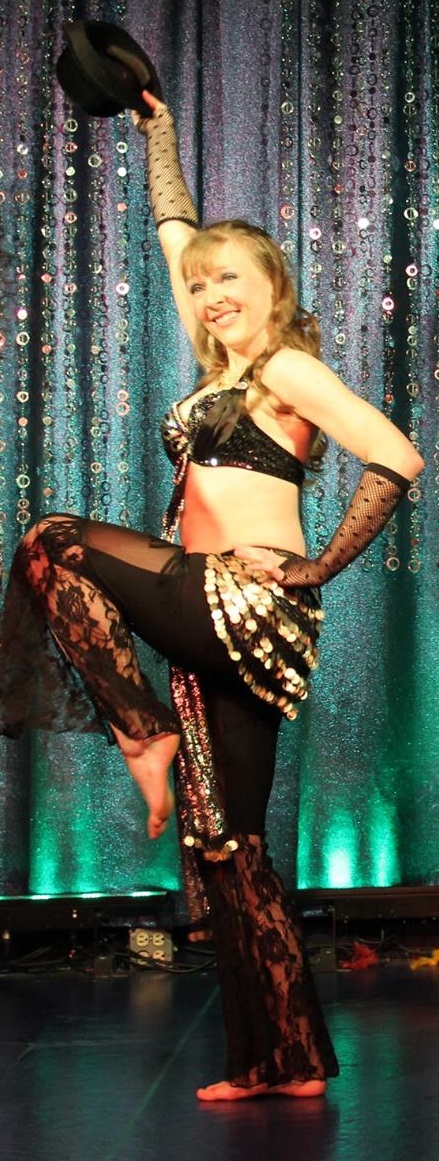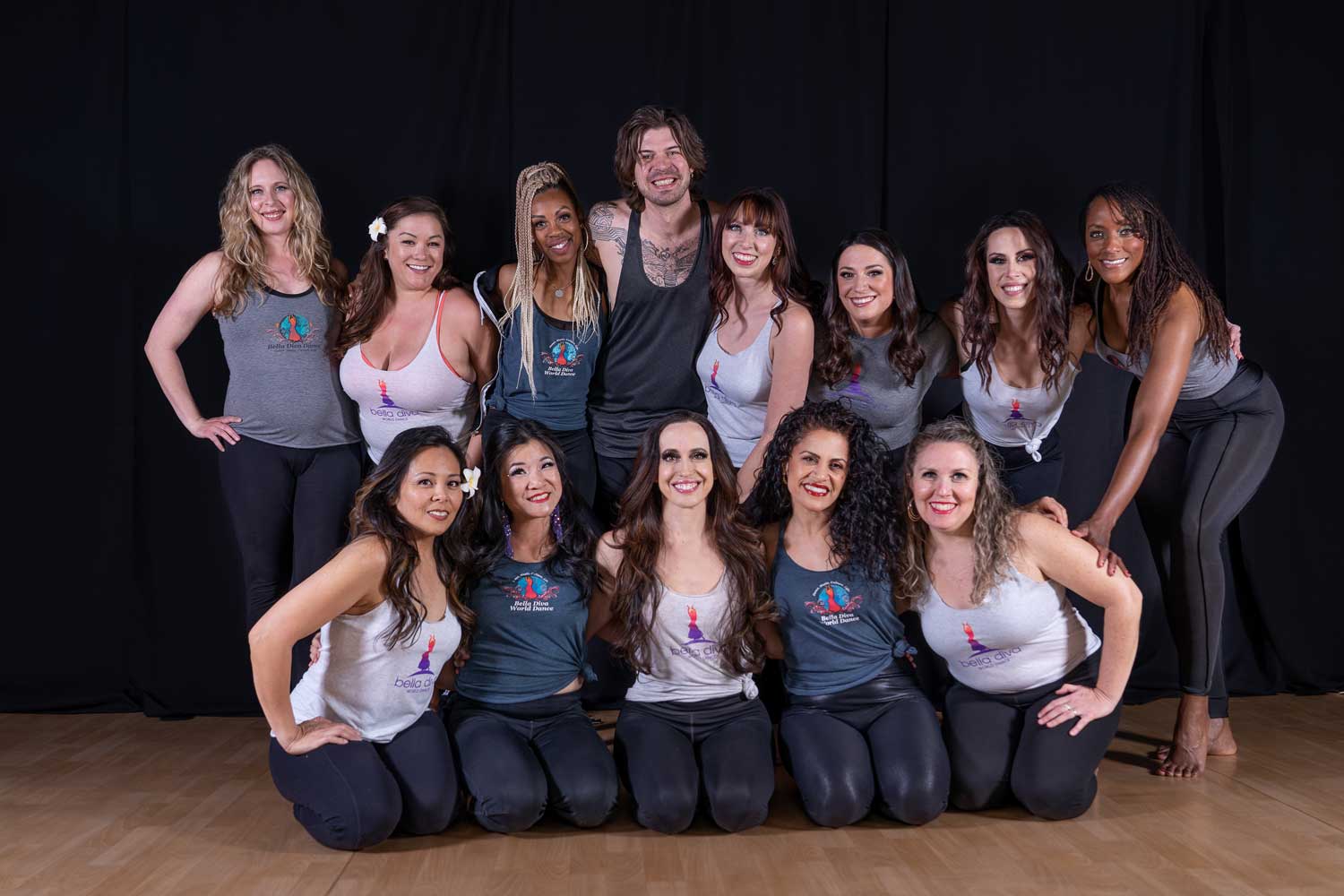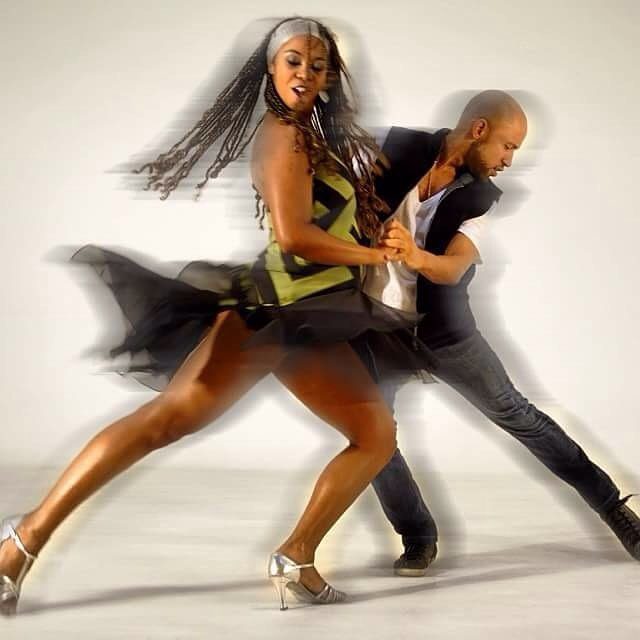Our family and team at Bella Diva Dance feels blessed as we head into this holiday season and approach a new & exciting year. This past year has been a year of growth, transformation and adventures, all possible because of our incredible team, dedicated students, loyal partners and clients, and everyone who supports us near and far. This is a time of year to give thanks and we couldn’t be more grateful for you!
Be thankful for your feet and take care of them properly
As dancers, our feet are arguably one of the most complex structures in the body, especially when you consider the purpose it serves for us dancers: support, balance, and propulsion. Much like the musician and his instrument, it is crucial for us dancers that we keep our feet in good working order.

Feet Maintenance for dancer
Here are some considerations for ways to prevent and treat minor injuries, and general care for your feet:
- Cut your toenails short and straight across. The nail should be straight across and not curved because curved nails or nails that are too long can lead to ingrown toenails. The length of the nail should be just where the white part begins, with a very small amount of white showing. Use clippers as opposed to scissors to get a clean, straight cut.
- Don’t wear toenail polish. Polish prevents you from being able to see under the nail, so you can’t see if you’re developing a problem such as a bruised or ingrown nail. That doesn’t mean you can NEVER wear polish; go ahead and wear it for special events and then take it off before your next class or, wear a clear polish that allows you to see the nail.
- If you develop a blister: Blisters are par for the result from skin rubbing in with your shoes. Blisters can occur anywhere on your foot but generally tend to pop up on the surface of the toes, inside or outside border of the metatarsals, or on the heel. Blisters can be painful – even the littlest ones! Below is some advice on how to treat the two main types of blisters:
- If you develop a clear-colored blister and the skin hasn’t broken, use a sterilized needle to pop the blister and drain out the liquid. Do not remove the loose skin; cover with a Band-Aid and strip of athletic tape. If the skin has begun to tear, use a small pair of scissors to remove any loose skin and cover with a Band-Aid and strip of athletic tape.
- If you develop a red-colored blister, do not pop it. Blood blisters should be left to heal on their own; cover with a Band-Aid and strip of athletic tape.
- For painful blisters, you can also cut the center out of a small piece of moleskin to form a donut shape. This prevents the surface of your shoe from rubbing on the blister until it heals. Cut a square or circle that’s bigger than your blister. Fold in half and make a slit. Putting the scissors through the slit, cut an inner circle the size of the blister. Remove the paper covering and stick the moleskin pad to surround the blister.
- Finally, check the fit of your shoe. Blisters are normal with new shoes, but if you are developing them on a regular basis, you may want to see about a different style that better molds to your foot.

Take Inventory on Your Dance Bag:
Making sure you have everything you need is critical to foot maintenance. Here’s a list of supplies we recommend keeping in your dance bag:
- Nail clippers
- Band-Aids
- Athletic tape
- Moleskin
- Extra lamb’s wool or toe pads
- Needle and thread
- Small pair of scissors
While these are the essentials, the list of what can appear in a dancer’s bag goes on and on. Over time, as you get to know your feet better, you’ll discover what you really need (and what you should include for rainy day emergencies).



